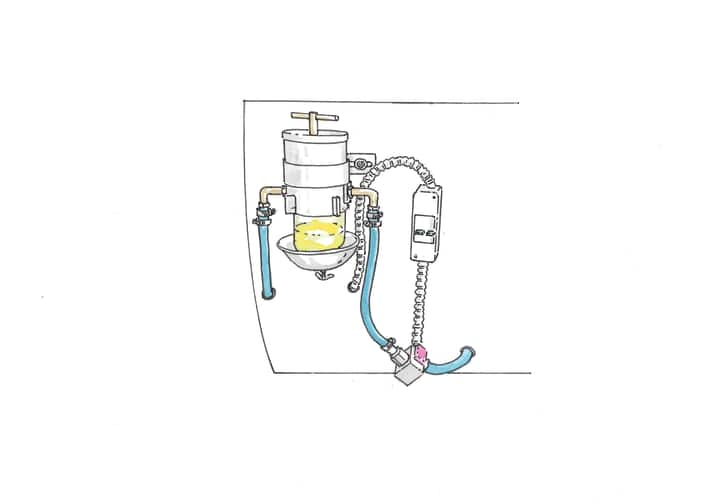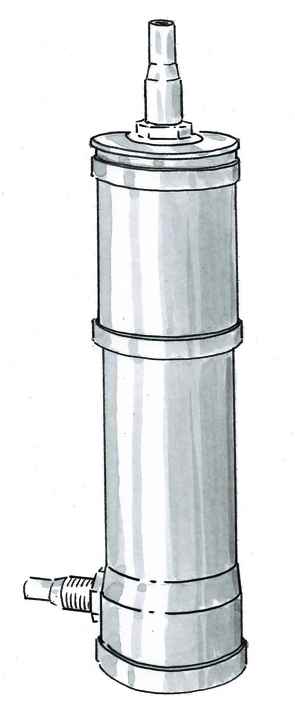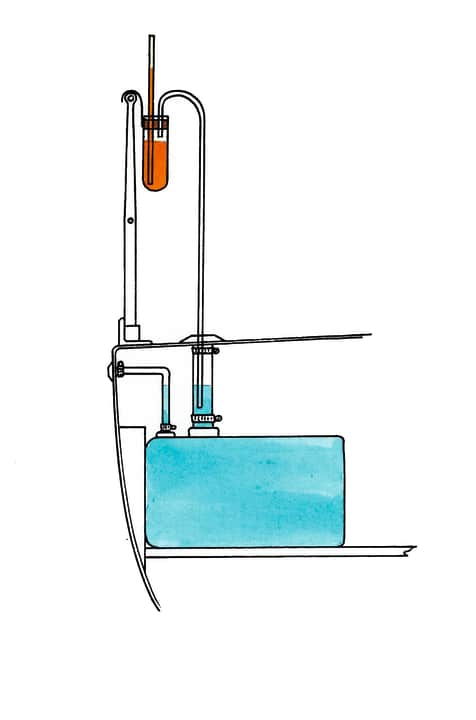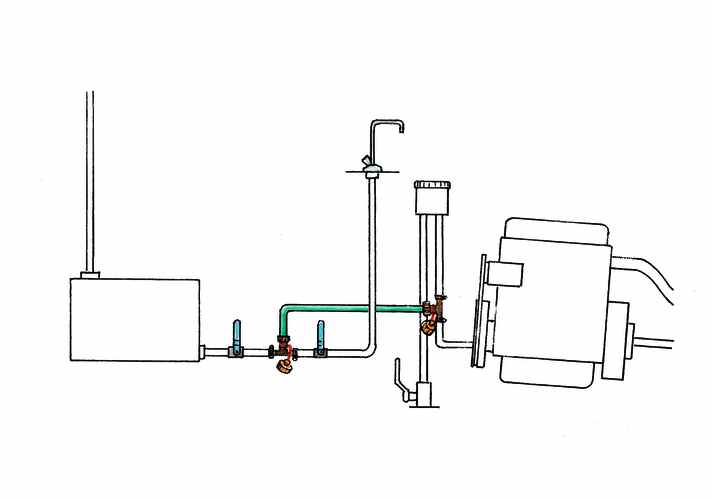





Diesel lifehack 1: Auxiliary circuit with filter ensures clean fuel in the tank

Due to negative experiences with diesel pest and its expensive consequences, we have installed a so-called fuel polishing system. To do this, we looped a Racor filter and an electric fuel pump into the existing supply and return lines using a three-way valve between the tank and the existing pre-filter. This allows the fuel to be pumped through the filter and thus cleaned independently of the engine. A solid-state pump from Facet was installed due to its low energy consumption; it delivers 120 litres per hour. We start the fuel polishing system after bunkering, so that any impurities in the tank have been slurried up during refuelling and any impurities in the newly refuelled diesel are still in suspension. We let the system run until the tank volume has been circulated about three times. The benefit is easy to see from the contaminated filters.
Jürgen Ambühl, Zuoz/Switzerland
Diesel lifehack 2: Foam catcher

When bunkering, it could happen that the air escaping through the ventilation system carried out diesel foam. As even small quantities are very harmful to the environment, we inserted an equalising container into the ventilation hose. We built the vessel from a drain pipe. Two onboard outlets with plastic hose nozzles serve as connections for the tank ventilation. If foam now rises, it collects in the container and runs back into the tank after bunkering.
Johannes Kiecksee, Jevenstedt
Diesel lifehack 3: Fill up to the brim

To fill the fuel tank without it overflowing, we use a fill level warning device. A thin "probe hose" is hung in the filler neck. When the fuel reaches the lower edge of the hose, the air in it is forced upwards. There it presses into an airtight test tube. The displaced air pushes the coloured water in the glass into another tube that is open at the top. When the level of coloured water rises, it is time to end the filling process.
Hendrik Gottschalk, Wismar
Diesel lifehack 4: Fresh cooling water

To flush the seawater cooling circuit with fresh water, we create a temporary connection between the fresh water tank and the cooling circuit. This consists of two drain valves from the installation requirements and a piece of hose with suitable threaded connections and couples the suction line of the fresh water system to the suction line of the seawater pump. The cooling water seacock must be closed, the engine is started and the seawater pump flushes the cooling system with tank water. We then insert the hose into a can of antifreeze liquid to preserve the cooling circuit.
Brigitte Lange, Kiel
Do you have any advice for other sailors?
We will honour the publication of your lifehack with 50 euros. Please add photos or sketches. We also need your address so that we can send you a crossed cheque.
Submissions to: Editorial office YACHT, Gänsemarkt 24, 20354 Hamburg or: mail@yacht.de.
